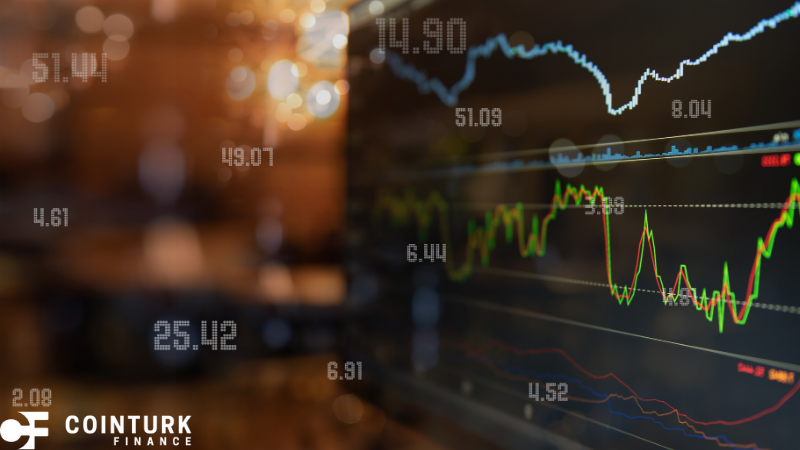Exchange-traded funds (ETFs) offer a versatile and cost-effective entry point into the investment market. With an increasing number of ETFs available, these funds cater to various investment strategies and long-term growth prospects. Younger investors, in particular, find ETFs appealing due to their transparency, low costs, and ease of trading. However, understanding the nuances of individual ETFs and their place in a diversified portfolio is crucial for making informed investment decisions.
ETFs have gained popularity over the years, mainly due to their ease of access and low fees compared to mutual funds. In earlier years, mutual funds dominated the market, but ETFs have grown exponentially, offering investors more options and better cost efficiency. Moreover, the rise of digital trading platforms has made it easier for individual investors to buy and sell ETFs, contributing to their widespread adoption.
The 2008 financial crisis saw a significant shift in investor behavior, with more individuals seeking safer, diversified investment options. ETFs provided a solution by allowing investors to spread risk across various sectors and asset classes. Unlike the mutual funds of the past, which often had higher fees and less flexibility, ETFs have become a preferred choice for both novice and seasoned investors aiming for long-term growth.
Understanding ETFs and Mutual Funds
ETFs are passively managed funds that track market indices like the S&P 500, NASDAQ, or Dow Jones (BLACKBULL:US30) Industrial Average. They offer the convenience of trading like stocks throughout the day, unlike mutual funds which can only be bought or sold at the end of the trading day. Additionally, ETFs often come with lower fees and expense ratios, making them a more cost-effective option for investors. Conversely, mutual funds, which can be actively or passively managed, typically have higher fees and can be less flexible due to their trading limitations.
Top ETF Picks
For investors seeking to diversify their portfolios and minimize risk, certain ETFs stand out. The Goldman Sachs (NYSE:GS) ActiveBeta U.S. Large Cap Equity ETF (GSLC) focuses on large-cap U.S. stocks, emphasizing value, momentum, quality, and low volatility. Another strong contender is the iShares Core S&P 500 ETF (IVV), which tracks the S&P 500 Index, providing exposure to the 500 largest U.S. stocks. Both of these ETFs offer low expense ratios and robust returns, making them attractive options for investors.
Key Inferences
– ETFs provide a low-cost and transparent way to invest in broad market indices.
– They offer flexibility with intra-day trading, unlike mutual funds.
– Key ETFs like GSLC and IVV focus on large-cap U.S. stocks, providing stability and growth potential.
ETFs are an attractive option for investors at all levels due to their lower costs, transparency, and tax efficiency. The Goldman Sachs ActiveBeta U.S. Large Cap Equity ETF and iShares Core S&P 500 ETF are excellent examples of funds that offer diversified exposure to large-cap U.S. stocks with minimal fees. With the continuous growth of the ETF market, investors can find suitable funds to match their risk tolerance and investment goals, ensuring a balanced and robust portfolio.










